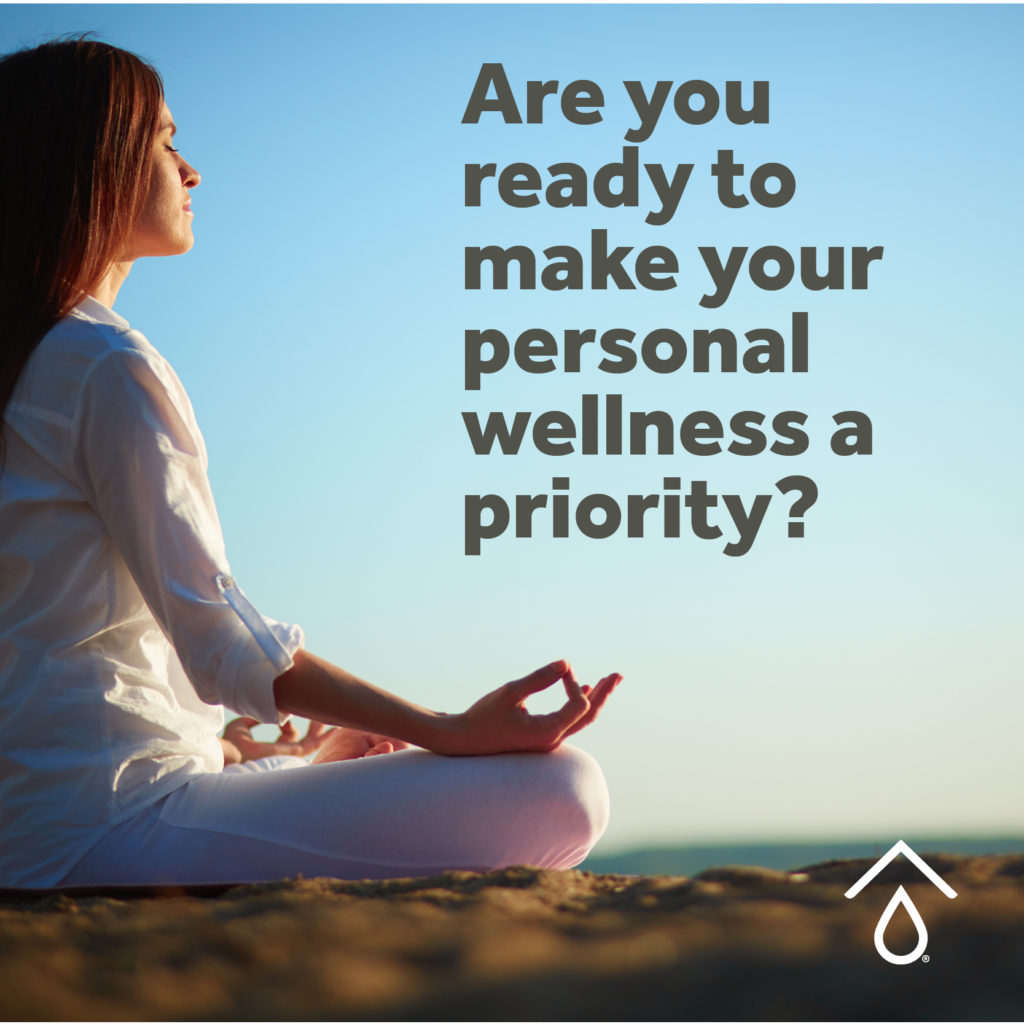
Don’t forget to turn your clocks back at 2AM! Tonight (or, technically tomorrow), is the end of daylight savings time and we “fall back” an hour. While that extra hour of sleep is nice (and my younger self loved the extra hour at the bar lol), I’m dreading how sluggish I’m going to feel. I hate how long it takes me to get used to the change, driving home in the dark, and the long cold winter ahead.
Daylight Savings
There are a lot of myths about the origins of daylight savings. There are stories that it was started by Ben Franklin. I always heard growing up that it started so that farmers could work for an extra hour, or so school children wouldn’t have to wait for the bus in the dark. But daylight savings was enacted as a temporary measure to conserve energy during World War I. And (shock, shock), it was introduced in the US for the sole purpose of making money. Apparently, if it is still light out when people leave work they are more likely to shop, buy gas, etc.
Health Impacts

But regardless of the initial intention, daylight savings time is basically an experiment on us that we didn’t consent to that is detrimental to health and to the brain. The disruption of our Circadian clocks affects the regulation of many of our organs and systems, including our circulatory system, detoxification systems, and cardiovascular system. There is an increased risk of heart attack (one study shows that the rate of heart attacks goes up 25% after changing the clocks!). And the change can negatively impact our sleep, mood, and cognitive ability.
Some Good News
We MIGHT not have to deal with the clocks changing for much longer. In March, The Sunshine Protection Act was introduced. If the bill passes, we will stay in daylight savings time forevermore. The bill passed the senate the same day.

But there is no guarantee that the bill will pass. It still needs to get through the house, and then the president has to sign off. Either way, we will be springing forward next March, and then the bill, if passed, would take effect a year from now, in November 2023.
So what can we do now?
If you are, like me, NOT a person who is a fan of winter, cold, and darkness you are probably wondering you can do to ease the adjustment to the end of daylight savings?
First of all, get any sunlight that you can. Take advantage of peak sun times and go for a walk or eat lunch outdoors (or at least by a window). Or, consider a light therapy lamp, which emits light that the brain thinks is real sunlight. This helps adjust Circadian rhythms, boost mood and energy levels, and ease the symptoms of seasonal depression. It is also a good time to check your vitamin D levels and supplement accordingly.

It might also be helpful to invest your energy (and your money, if you have it) in something relaxing that feels like a reward. Take a yoga class (or pull up one on YouTube). Buy a meditation app (or download a free one!). Invest in a new mattress (or try a luxurious mattress topper).
Finally, remember to go easy on yourself. Put your screens away in the evening and plan on a early bedtime. Build time into your schedule for relaxation and give your body and mind time to adjust.


 My autism journey has changed the way I live and care for my family. I am passionate about nontoxic products, natural remedies, grain-free nutrition, essential oils, and healing the symptoms known as autism. This is a space for anyone aspiring toward cleaner, healthier living.
XO Joanna
My autism journey has changed the way I live and care for my family. I am passionate about nontoxic products, natural remedies, grain-free nutrition, essential oils, and healing the symptoms known as autism. This is a space for anyone aspiring toward cleaner, healthier living.
XO Joanna





